
Halifax Memories 5 - Halifax Street Names (origins)

You can view Moore's Map here
Some of the street names and where they originated.
- Akeds Road - The land was owned by John Aked who lived at Kershaw House, Luddenden
Akeds Road
 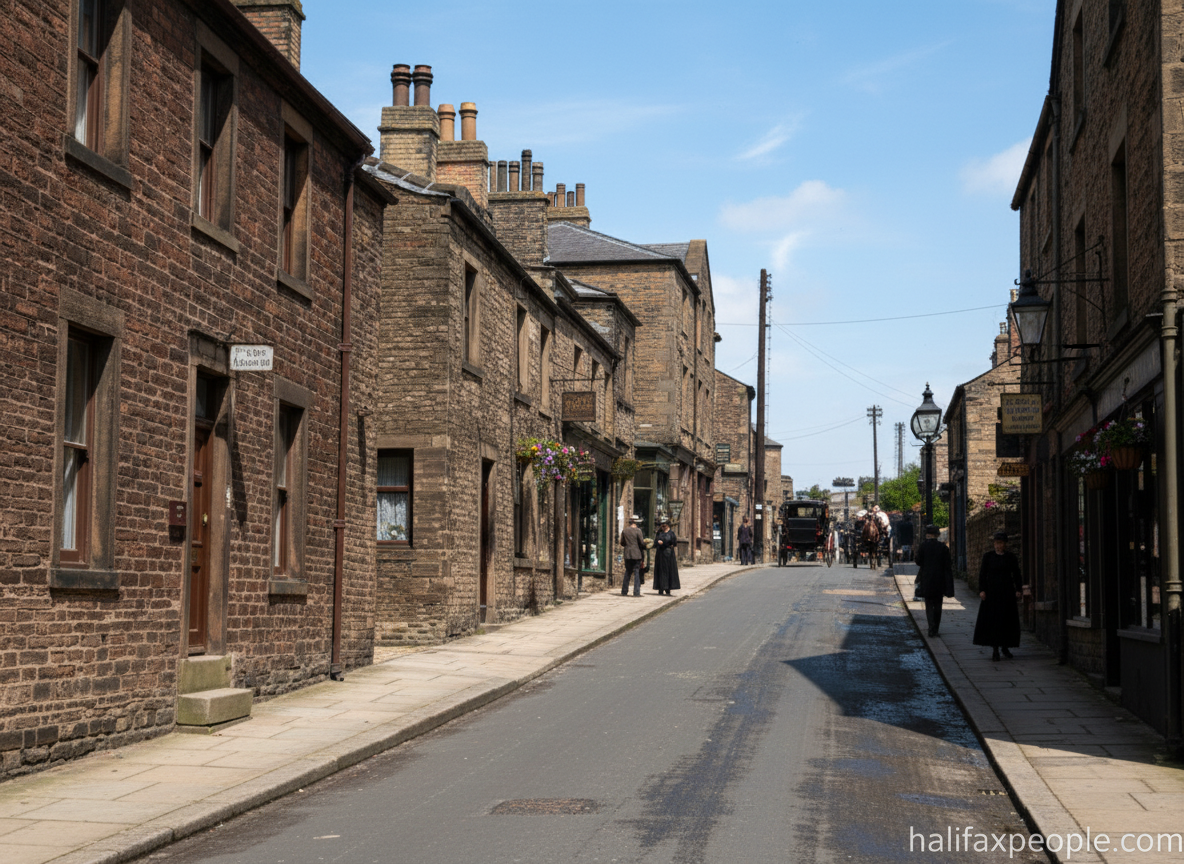 enhanced  |
 |

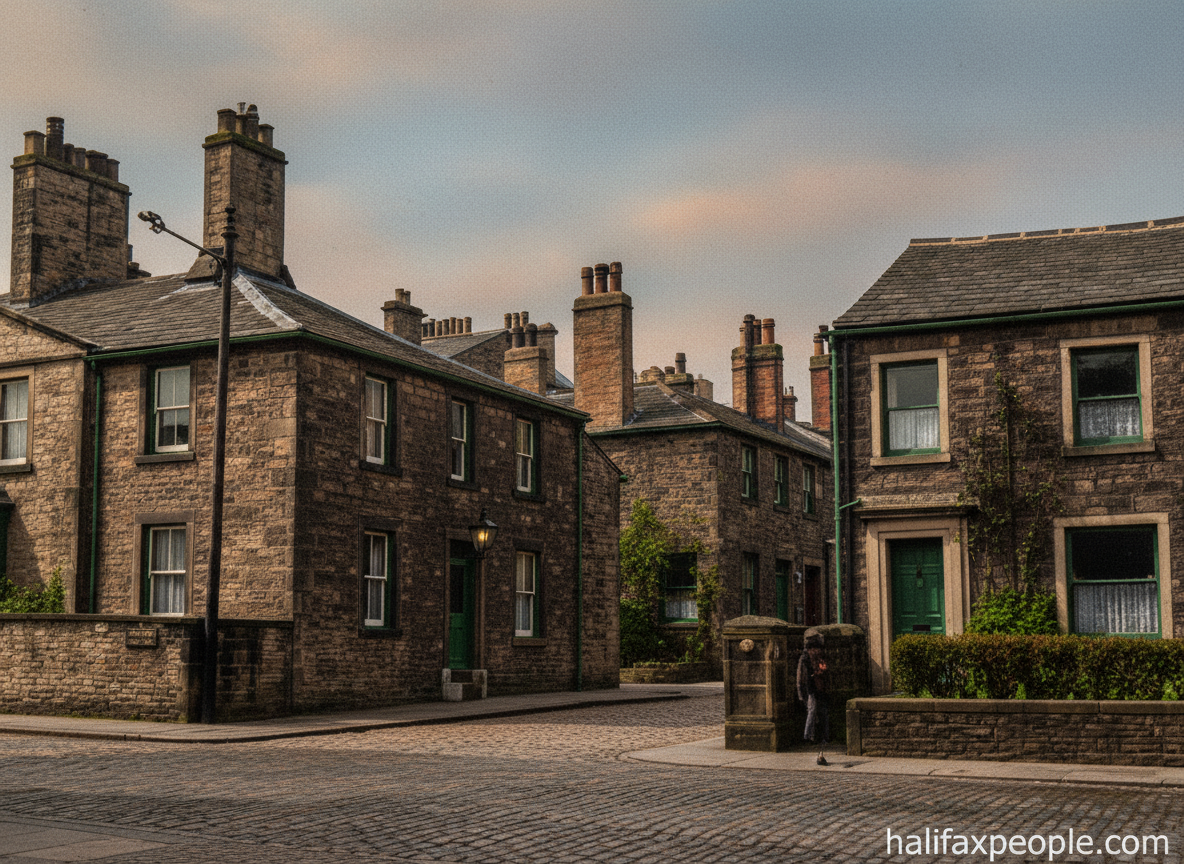
enhanced

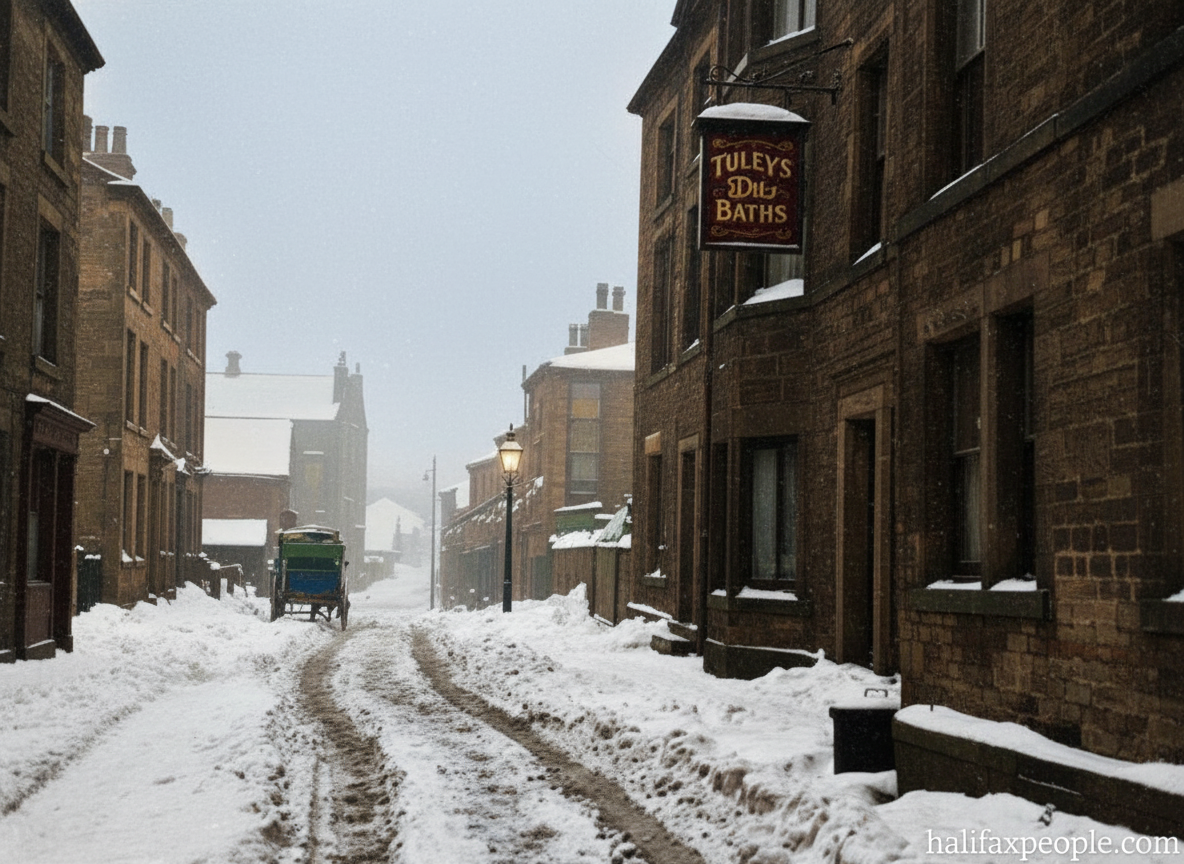
enhanced
  enhanced  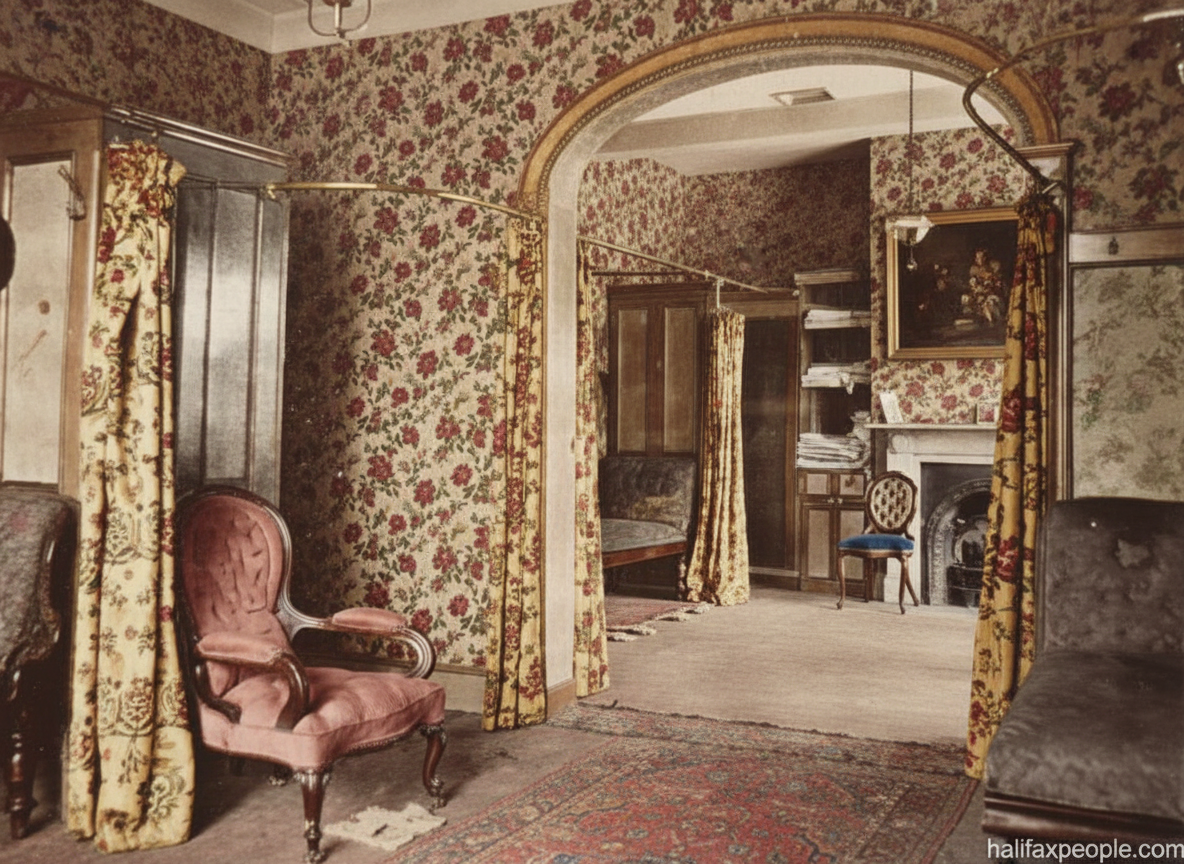 Tuley's Turkish Baths enhanced |
 |
Akroyd Place - The warehouse and offices of James Akroyd and Son, built in 1846, were situated between Northgate and Akroyd Place, which explains the name of the street. Akroyd Place School was opened in 1886.

Akroyd Place - just below the ambulance station
 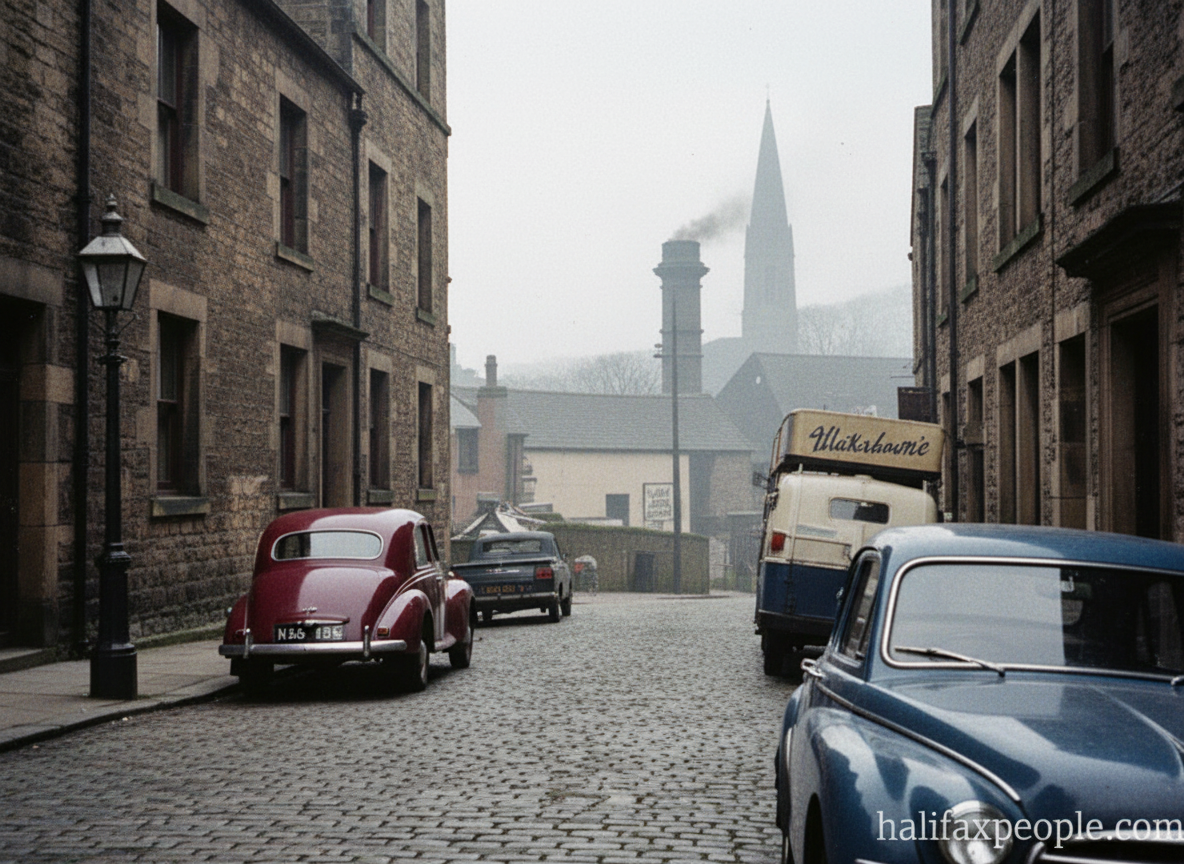 enhanced  |
  |



|
Rounders Team 1955  |
 |
Akroydon - Colonel Edward Akroyd. Akroydon Square, an early example of town planning. The architecture of the houses is "domestic Gothic" and the streets are named after English Minster and Cathedral churches. Building began here in March, 1861.
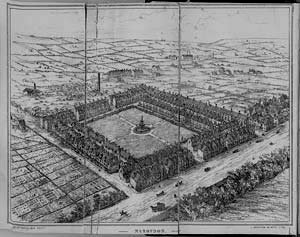

enhanced

- Alleys - The two Black Swan passages were previously called Red Lion Alley and Woodhead Alley

Two Black Swan passages on the right, off Silver Street

Black Swan passages on each side of Yates's
Albert Promenade - H.C.McCrea, with the assistance of Colonel Akroyd, Sir Henry Edwards and John Crossley bought the land, had the road made and presented it to the Borough of Halifax. The Promenade was named after the Prince Consort who died in 1861, the year in which the road was constructed. Read more

Alexandra Street - This was named after Queen Alexandra, Consort of King Edward VII. The construction of the road was authorised in 1853 Improvement Act, but it was fifty years or so later before it was made. The first appearance of this street in the Burgess Roles is in the volumes 1908-09. Read more

- Argyle Street (back of Sportsman pub) was previously called Long Back Side

Argyle Street. Read more

Viewed from the back of the Acapulco nightclub
Bailey Hall - this was formerly called Bayley Hall. The Bayley, or Bailliff, was chief officer to the Lord of the Manor. His residence was Bayley Hall, which no longer exists but was on Bailey Hall Bank. He had oversight of the corn mill, the manor house, the gaol as well as the gibbet.
To the manorial corn mill all the tenants of the manor had to take their corn to be ground, a portion of which, as settled by custom and agreement, called mulcture, was kept back as payment for the grinding. A mulcture dish was used for measuring the proper quantity.

Bailey Hall Bank


Mulcture Hall
- Baths and Bath Parade were the only public baths and formed a very attractive resort with bowling green and gardens attached. The baths were provided by a pure spring of water, rising in Greece Field, and were said to be one of the most extensive suites of baths in Yorkshire. Read more


Bath Street
- Back Lanes were numerous and could be found under Cheapside, George Street, Argyle Street and Winding Road

- Blackledge - In 1751 it was a country footpath from Wards End

The road going up from the crossroads is Horton Street. The smaller road running parallel on the right is Blackledge.
- Black Swan

Black Swan, pictured on the right of the above photograph, held meetings for 'The Ferry Bridge Court Club' in around 1830. One custom of the club was that when a member disobeyed a rule he was made topsy-turvy and whatever coins fell from his pocket paid for drinks.
- Blackwall - There was a house that stood back(Blackwall Lodge) which was occupied by Dr. Alexander and was the first parsonage for Holy Trinity Church. This was abandoned for the house at the opposite corner. The Infirmary, which was in this street, was opened in 1838 and closed in 1896. The old police station then stood on this site.

 Courier photo and article from 1957  |
 |


If you have enjoyed your visit to this website, please spread the word by clicking the 'like' and 'share' buttons below. Thank you

